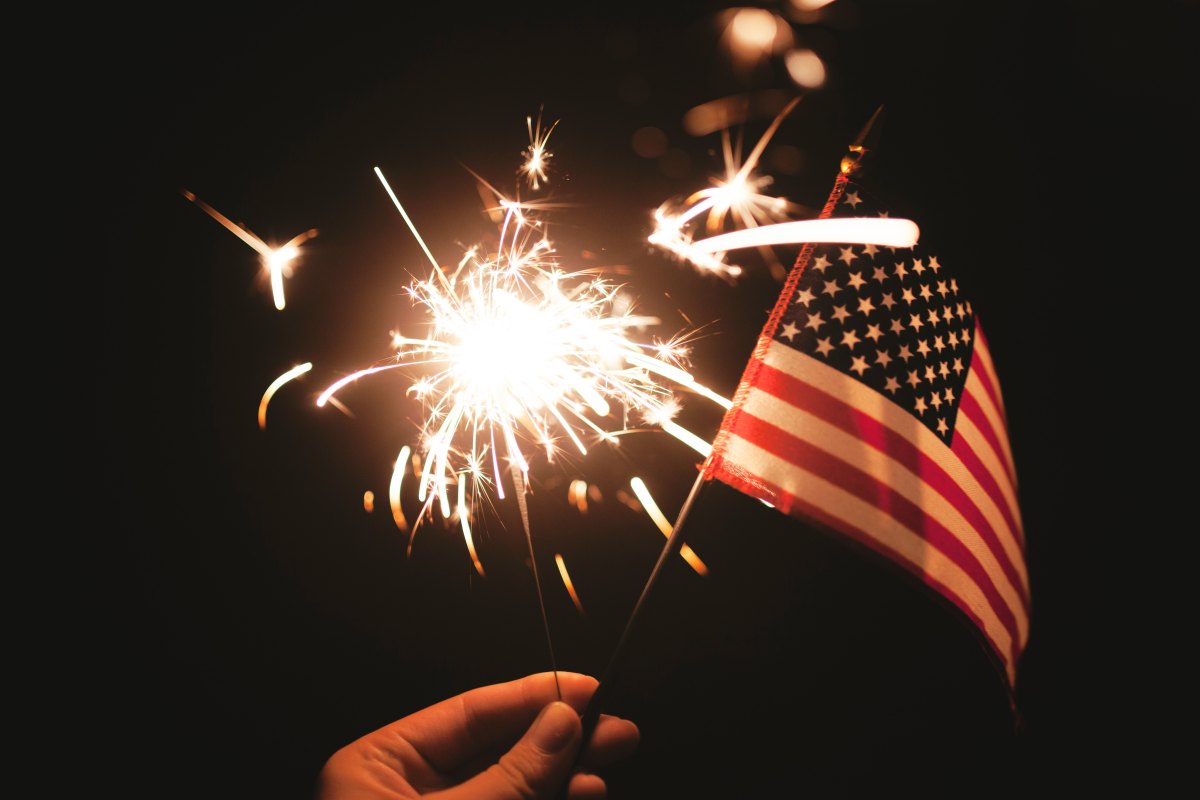The following is an index of the books and articles published by Banner of Truth on the Southern Presbyterians, particularly R.L. Dabney, B.M. Palmer, and J.H. Thornwell (Eugene Genovese called Thornwell and Dabney “the South’s most formidable and influential theologians” in his A Consuming Fire, p. 4).
For more on Banner of Truth, Iain Murray, and Robert Lewis Dabney, see:
“What’s So Bad About Robert Lewis Dabney?”
““A Leading Theologian”?: Herman Bavinck on Robert Lewis Dabney”
““Dabney was truly a Caleb”: Iain Murray’s biography of Robert Lewis Dabney”
Southern Presbyterianism
1992 Kelly, Preachers with Power: Four Stalwarts of the South [Baker, Thornwell, Palmer, Girardeau]
2000 White, Southern Presbyterian Leaders 1683-1911 [Thornwell, Palmer, Dabney, many others]
2012 Calhoun, ‘Our Southern Zion’: Old Columbia Seminary (1828–1927) [Thornwell, Palmer, others]
Dabney
Books:
1979 Dabney, Evangelical Eloquence: A Course of Lectures on Preaching
1980 Johnson, The Life and Letters of Robert Lewis Dabney
1982 Dabney, Discussions of R.L. Dabney, 3 Vols.
1985 Dabney, Systematic Theology
Articles:
1967 Jan/Feb Murray, “R.L. Dabney of Virginia”
1967 May/Jun Murray, “Reintroducing the Best Teacher of Theology in the United States: Reprint of R.L. Dabney Discussions”
1970 Dabney, “When Morality Becomes Impossible”
1975 Dabney, “Britain: An Inverted Pyramid”
1976 Dabney, “Dabney on Preaching”
1977 Johnson, “Robert L. Dabney”
1977 Johnson, “Facing Blindness” (extract from Dabney)
1978 Wray, “Summary of Robert L. Dabney on Spurious Religious Excitements”
1986 Woods, “Dabney: Prince Among Theologians and Men”
1998 Berry, “Robert Lewis Dabney and the Westminster Standards: A Commemoration”
2015 Dabney, “The Influence of False Philosophies upon Character and Conduct”
Palmer
Books:
1987 Johnson, Life and Letters of Benjamin Morgan Palmer
2014 Palmer, Selected Writings of Benjamin Morgan Palmer
Articles:
1987 Johnson, “Doctrine and Sanctification: Extract from The Life and Letters of Palmer”
2014 Willborn, “Selected Writings of Benjamin Morgan Palmer”
2014 Palmer, “Never Too Late”
Thornwell
Books:
1974 Palmer, The Life and Letters of James Henry Thornwell
1986 Thornwell, The Collected Writings of James Henry Thornwell, 4 vols.
Articles:
1965 Thornwell, “When Grace Ceases to be Grace”
1969 Thornwell, “Knowing the Divine Will”
1975 Thornwell, “Zeal for God’s Glory”
1978 Aitken, “Readings from a Covenant Father’s Heart” (from Thornwell’s Letters)








